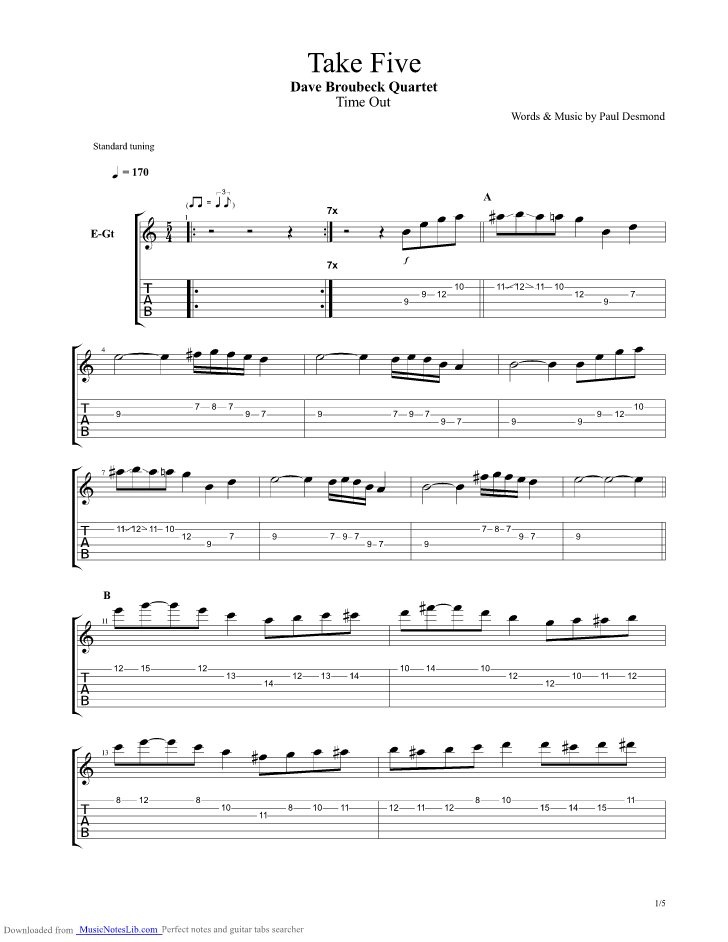

I’ve arranged the following 2 5 1 guitar chords in a series of ‘levels’, with the chord voicings in each level getting more and more colorful and complex as we progress. You can take this simple chord progression and voice them in different ways to add some color.

Read on to learn various sequences of ii V I guitar chords and you’re set to be able to play this on the fretboard. This is where the meaning of ‘2 5 1’ comes from.Ģ 5 1 in C major would be the sequence of chords built on the 2nd, 5th, and 1st degree of a C Major scale – so Dm7 (ii), G7 (V), and Cmaj7 (i). Cmaj7 would be the 1 (I) chord, Dm7 would be the 2 (ii) chord, Em7 would be the 3 (iii) chord, and so on. You can refer to each chord numerically, based on the degree of the scale it is built upon. Note: The above chord voicings are easy to play on piano but most of these are difficult on guitar – don’t worry, later on in this article I’ll give you plenty of great ways to play variations of these basic jazz chords. Let’s add an additional third on top of each degree to make 4 note chords, often referred to as jazz chords because of their jazzy sound:

Now, let’s build chords from the notes in the C major scale, by stacking 3rds above each scale degree:īy stacking 3rds on each scale degree, we now have all of the basic diatonic chords within the C major scale (C major, D minor, E minor, F major, G major, A minor, and B diminished). Let’s take the good ol’ C major scale and use this as a starting point for our 2 5 1 progression: What is a 2 5 1 Progression and How Can I Build One for Myself?Ī 2 5 1 progression (often marked in Roman numerals as ii – V – I) refers to the chords of the scale and key the song is in. Jazz musicians then took these songs and incorporated that into the jazz language, bringing the two five one along with them. Many of the tunes that were written by Tin Pan Alley composers used the 2 5 1 progression. Tin Pan Alley consisted of various New York music publishers and composers that wrote staggering amounts of popular music during the late 19th century and early 20th century: The 2 5 1 chord progression is the harmonic foundation for most jazz standards.īefore jazz standards even existed, there was Tin Pan Alley. Where did the 2 5 1 jazz chord progression come from – and why is it important?


 0 kommentar(er)
0 kommentar(er)
